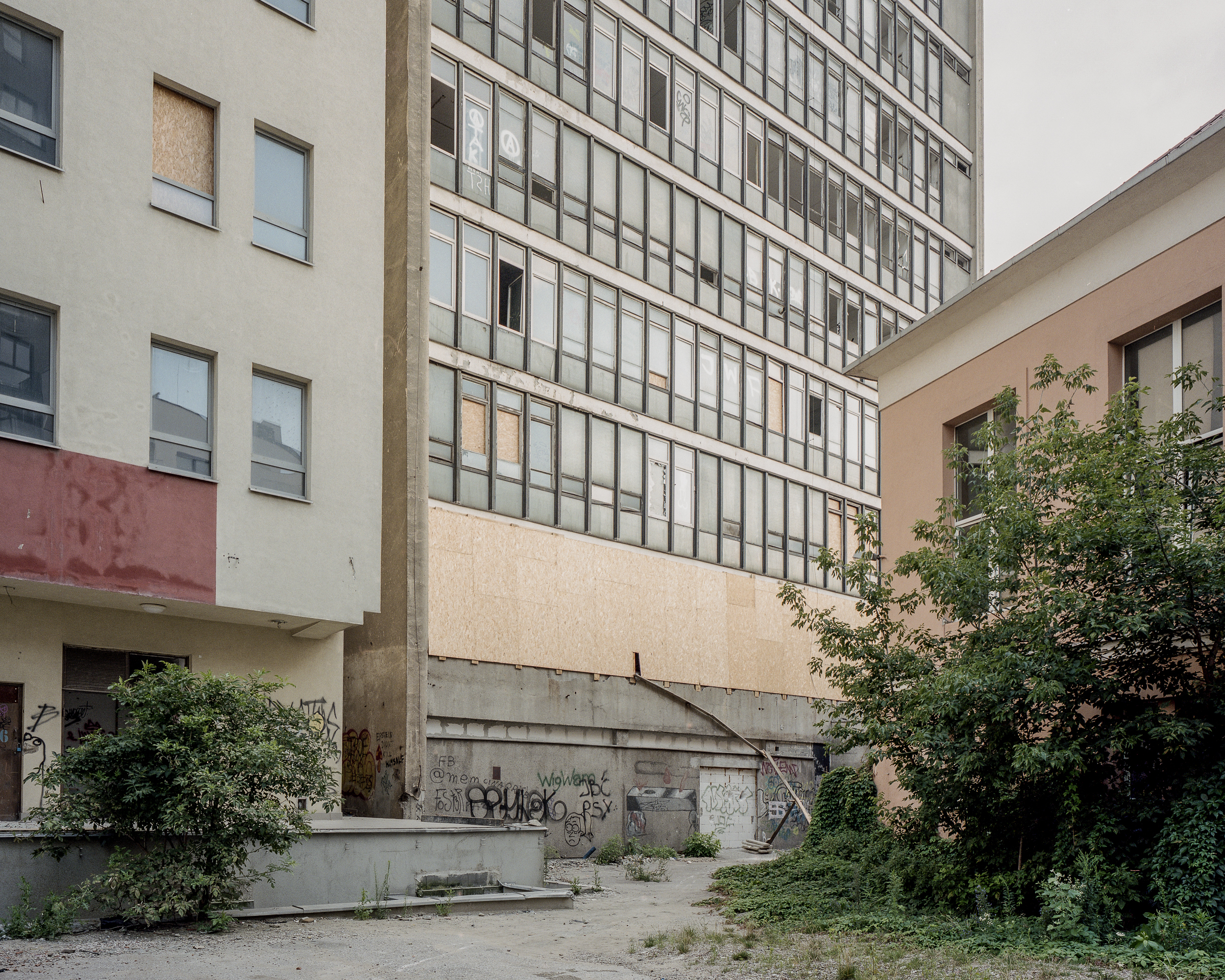







A small project commissioned by Wolskie Centrum Kultury for an exhibition on the anniversary of Wola’s Massacre of 1944. Black and white photos are courtesy of Instytut Pileckiego.
In the fall of 1962, Hanns von Krannhals, a German historian with a Nazi past, came to Warsaw to look for traces of a war crimes in Wola’s district of Warsaw as part of post-war settlements. Stanisław Turski, polish photographer, took photographs of Wola on von Krannhals behalf. The photos contain handwritten markings: streets that no longer existed, buildings demolished after the war, places of execution from the beginning of August 1944 or the locations of German rifle positions from the time of the uprising.
This area has undergone enormous transformations since the Warsaw Uprising. Some changes took place in the first years after the war – which is clearly visible in Turski's photographs, as Wola was developed into the industrial district of Warsaw. It was mostly liquidated since then. The transformation of Wola is so extensive, it would be almost impossible to perform the procedure chosen by Turski on contemporary photos. Therefore, the project deals not only with the traces of the Wola Massacre, but also with its documentation prepared in the 1960s. A story about changes in space, but also about its relations with historical memory and how it determines the identity of a given place.
Commissioned by: Wolskie Centrum Kultury
In cooperation with: Instytut Pileckiego
Curator of the piece: Michał Mioduszewski